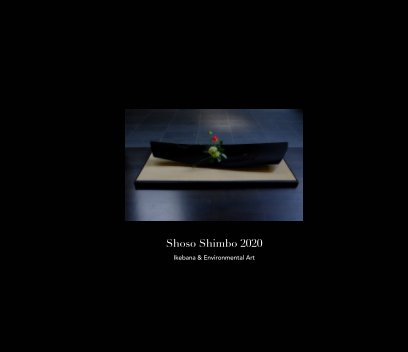In the last issue, I presented a hypothesis that the term Ikebana may have been created in contrast to Rikka, the main stream of Ikebana. Notice that I am using Ikebana in two different ways here, Ikebana as a historically specific style of Ikebana and Ikebana as a general term for various forms of Japanese flower arrangement. I’ll use ikebana for the former and Ikebana for the latter in this article.
Does my hypothesis have any grounds? Kobayashi (2007) states that Rikka was established in the early Edo period (1603-1868). In that case, the term ikebana may have appeared in the early 18th century when many textbooks on Ikebana were published.
I consulted with Dr Kobayashi and Dr Inoue, president and vice president of the International Society of Ikebana Studies, ikebana-isis.org. I feel as if I am getting tutorials from two of Japan’s top Ikebana researchers. If you are interested, please visit isis’s site and join the society or purchase its journal.
Anyway, their advice was that ikebana appeared much earlier in Japanese history. It already appeared in one of the first Ikebana textbooks, Sendensho (1445). I need to rectify my hypothesis a bit. The term, ikebana may have come about in opposition to Tatehana rather than Rikka. If so, what does that mean?
This is a welcoming flower for a private residence in Melbourne. The focus was the marvellous movements of the Bottle Brush branches. As the main feature was the branches, I did not use many flowers for this arrangement. Otherwise, it would lose its sophistication.
Reference
Kobayashi, Yoshiho (2007). Hana no Seiritsu to Tenkai. Kyoto: Izumi Shobo.
http://www.shoso.com.au
https://www.facebook.com/ikebanaaustralia


























